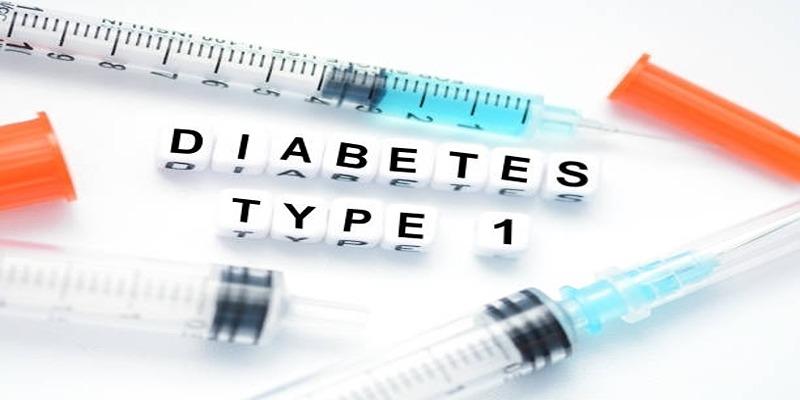One of the most prevalent food allergies in the world is the case of peanut allergies, which affects kids and grown-ups. They are capable of causing strong response, mild details such as hives up to life-threatening anaphylaxis. The causes, symptoms, and management of peanut allergies are all important to capturing the features necessary to make sure the people who are affected are safely provided with adequate quality of life.
What Is a Peanut Allergy?

The allergy to peanuts happens in the situation when the immune system errs by recognizing the peanut proteins as dangerous. The body in turn responds by releasing such chemicals that cause reactions that may or may not cause mild irritation to severe life-threatening complications.
This allergy is especially dangerous because even insignificant traces of peanut protein can trigger an effect. Even though peanuts are not tree nuts but legumes, their protein composition is capable of triggering a similar immune response—meaning individuals with nut allergies may also be at risk of cross-reactivity to peanuts.
Recognizing Symptoms of Peanut Allergies:
The manifestations of peanut allergies may be different and it is vital to know them in order to intervene promptly. There are those who can suffer a little discomfort and, there are those whose complications can be severe. Common symptoms include:
- Skin hypo-responses include hives, redness, swelling or itching.
- Numbness or tingling in the throat, lips, or in the mouth.
- GIT complications such as stomach cramps, nausea or vomiting.
- Breathing problems such as cough, wheezing or dyspnea.
- An anaphylaxis: a life-threatening response which is severe and must be promptly dealt with.
It is important to develop an awareness at an early age. The impact of reactions can be alleviated significantly when patients are treated with a medication promptly.
Growing Prevalence of Peanut Allergies:
The world has been experiencing an increase in peanuts allergies particularly in western countries. Although the underlying causes are still under research, there are a number of theories that seek to account the increase. According to the hypothesis of hygiene, the immune system can hyper react to add harmless substances, such as the proteins of peanuts, because of exposure to less microbes in the environment during childhood.
Environmental factors, change in diet and food processing methods can also be contributors. The increasing number of cases proves the significance of abundant awareness and education, and preventive practice.
Risk Factors for Peanut Allergies:
Anyone might suffer a peanut allergy, but there are risk factors, including some which predispose a person to it:
- There should be a family history of allergies, such as eczema, asthma, or hay fever.
- Preexisting food intolerances or allergies.
- There is an early exposure pattern early childhood exposure is one that is identified in many peanut allergies in children.
Peanut Allergy vs. Peanut Intolerance:
Peanut intolerance refers to the inability to digest peanuts and it can lead to bloating, stomach ache or slight discomfort. On the contrary, peanut allergies are ones associated with the immune system, and can result in significant or even mortal type of reactions. The right diagnosis will result in the right management; it eliminates unnecessary limitations of the diet or lifestyle.
Diagnosis and Testing:
Effective management requires proper diagnosis. Diagnostic procedures commonly used are:
- Skin prick test, whereby the examinee is exposed to minute quantities of the peanut protein to test whether he or she is allergic to it or not.
- Blood tests which include measurements of certain changes in immune responses to peanut proteins.
- In hospitals, oral food challenges take place during which safe reaction observation is conducted.
Diagnosis does not only establish the existence of an allergy, but it also allows to estimate the severity of the allergy to select the mechanisms to manage it.
Managing Peanut Allergies in Daily Life:
The peanut allergy condition requires people to be careful as it demands vigilance, although with proper management, the affected ones can continue with regular activities. Strategies that work are:
- Careful reading of ingredient labels, since peanuts may be in sauces, baked goods and packaged food.
- Enquiring about preparation we should not have in the restaurants in order to prevent cross-contact with peanuts.
- Having emergency epinephrine-autoinjector in case of a severe reaction.
- Educate family, friends, teachers and colleagues on the allergy so as to have time to aid them in the event of accidental exposure.
- Eliminating allergens in the home and school environments as much as possible in order to limit unintentional exposure.
Adopting the strategies, people allergic to peanuts will be able to have active, safe, and full lives.
The Role of Schools and Workplaces:
As the peanut allergy may manifest itself during childhood, schools are one of the key figures in promoting safety. Quite a few schools make classrooms, cafeterias, events peanut-free; some do it completely. The training of the staff to identify an allergic reaction and the usage of emergency medicine is becoming more widespread.
Employing allergy-free food, effective communication and awareness initiatives at the workplaces can help in supporting the employees. Common responsibility would provide safer conditions and decrease the threat of involuntary exposure.
Advances in Peanut Allergy Treatments:
Although the major strategy is avoidance, new approaches were recently developed to cope with the peanut allergies. Oral immunotherapy, such as, exposes peanut protein in small and controlled doses, with time, to desensitise the immune system. This is helping to calm the level of accidental reactions, but it cannot be termed as a cure. Continuing studies investigate other possible treatment options that provide an opportunity of a more effective long-term treatment and of a more high quality of life.
Emotional and Social Impacts of Peanut Allergies:
The allergies to peanuts do not only concern physical health, but the emotional state of a person and social experiences. The panic of unintentional exposure may restrict the ability to attend social gatherings, use of school services or a meal. Children can easily find themselves as outsiders at the party or in school events or the adults experience stress in a new environment.
Coping resources, counseling resources, and support networks can be beneficial as people can deal with these challenges, and the family can be happier as the person living with peanut allergy experiences the emotions of terminal illness as well.
Building a Supportive Environment:

There is room to cope with peanut allergies together. Communities can help by:
- Providing restaurants with allergy-friendly menu.
- Setting up school policies and employee education.
- Often whole families and communities should be educated on how to acknowledge and respond to quick change.
Open communication and awareness help to create awareness and minimise unintentional exposure to ensure the safety of individuals with a peanut allergy in facing all the challenges of daily life and continue to live normally.
Conclusion:
Peanut allergies are life-threatening and are getting more common, yet they can be properly controlled with an understanding, preparation and guidance. Identifying symptoms, pursuing correct diagnosis, the implementation of preventive measures, and an encouraging environment should be among the key measures in the protection of affected persons. With personal awareness coupled with the societal understanding and continuous studies, peanut-allergic individuals will be able to live safe, full, and un-confused lives.












